Astronomical Symbols Page #5
This page lists all the various symbols in the Astronomical Symbols category.
Astronomical symbols are symbols used to represent various celestial objects, theoretical constructs and observational events in astronomy. The earliest forms of these symbols appear in Greek papyri of late antiquity. The Byzantine codices in which the Greek papyri were preserved continued and extended the inventory of astronomical symbols. New symbols were further invented to represent many just-discovered planets and minor planets discovered in the 18th-20th centuries.
Symbols in this category:
Star of Venus
The Star of Venus also called the Star of Ishtar is an ancient symbol originating in Iraq used as early as 2000 BCE that represents the planet Venus, historically to represent the Babylonian and Assyrian Goddess Ishtar that are connected with Venus, as well as being historically used by Phoenician culture to represent Venus and the goddess Astarte (a counterpart of Ishtar)
Sun
The Sun is the star at the center of the Solar System. It is almost perfectly spherical and consists of hot plasma interwoven with magnetic fields.
Taurus
Taurus is the second astrological sign in the Zodiac. It spans the 30-60th degree of the zodiac, between 27.25 and 54.75 degree of celestial longitude, which the Sun transits this area on average between April 21 to May 22 each year.
Taurus
Taurus is the 2nd astrological sign in the zodiac, originating from the constellation of the Taurine.
Transit of Mercury
When a planet directly transits between the sun and a Superior Planet.
Uranus
Uranus is the seventh planet from the Sun. It has the third-largest planetary radius and fourth-largest planetary mass in the Solar System. Uranus is similar in composition to Neptune, and both are of different chemical composition than the larger gas giants Jupiter and Saturn.
Venus
Venus is the second planet from the Sun, orbiting it every 224.7 Earth days.The planet is named after the Roman goddess of love and beauty.
Citation
Use the citation below to add this symbols category to your bibliography:
Style:MLAChicagoAPA
"Astronomical Symbols." Symbols.com. STANDS4 LLC, 2024. Web. 28 Apr. 2024. <https://www.symbols.com/category/34/Astronomical+Symbols>.


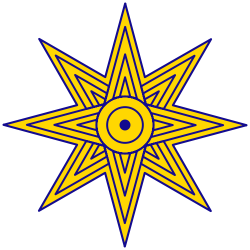
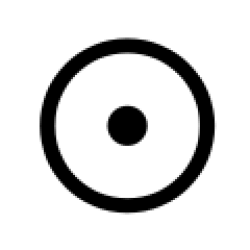


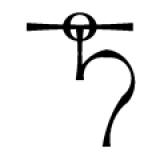
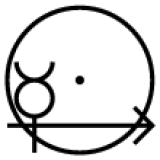
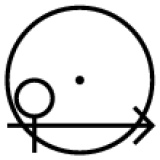
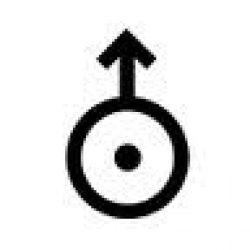
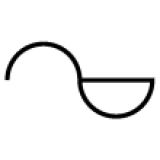
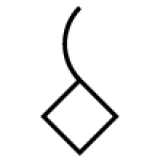
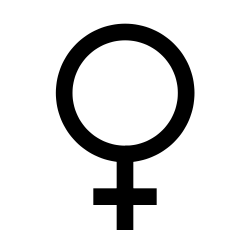
Have a discussion about the Astronomical Symbols category with the community:
Report Comment
We're doing our best to make sure our content is useful, accurate and safe.
If by any chance you spot an inappropriate comment while navigating through our website please use this form to let us know, and we'll take care of it shortly.
Attachment
You need to be logged in to favorite.
Log In